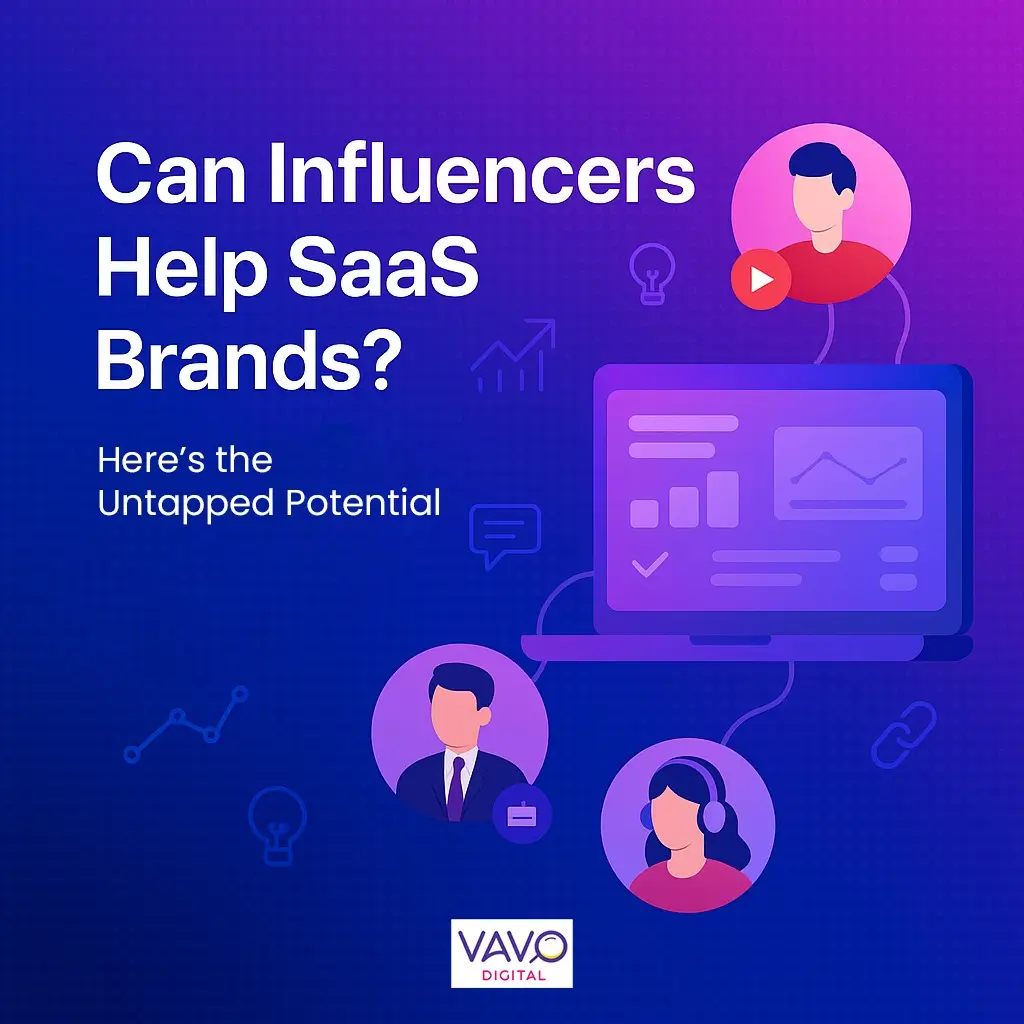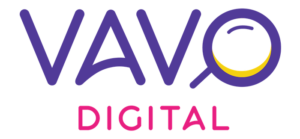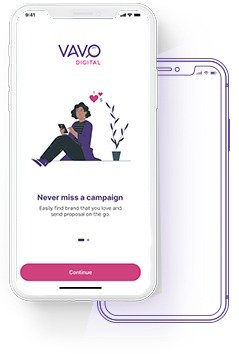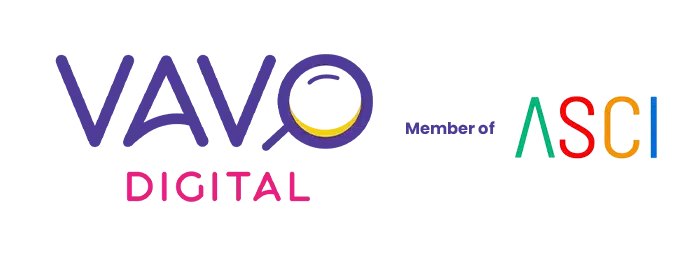
Can Influencers Help SaaS Brands? Here’s the Untapped Potential
The SaaS (Software-as-a-Service) industry is booming. From productivity tools to niche enterprise software, SaaS has revolutionized how businesses operate. But as competition grows fierce, customer acquisition becomes costlier. That’s where influencer marketing comes into play.
Traditionally associated with beauty, fashion, or lifestyle brands, influencer marketing is now stepping into B2B territory, including SaaS. It’s no longer just about pretty Instagram grids and unboxing videos. SaaS brands are discovering a goldmine in partnering with thought leaders, industry experts, and niche content creators to build credibility, reach new audiences, and boost conversions.
Why Influencer Marketing Makes Sense for SaaS
According to a 2023 report by HubSpot, 89% of B2B marketers consider influencer marketing to be as effective, if not more, than other marketing tactics. For SaaS brands that operate in highly technical or niche spaces, having a credible figure endorse or explain your product can break down barriers of mistrust or complexity.
Most SaaS purchase decisions are not impulsive. They involve research, validation, and social proof. Influencers can play a significant role here, especially those who are known for their expertise in the field. For instance, a software engineer reviewing a new code management tool on LinkedIn or a YouTube creator demonstrating a new AI productivity app to their followers builds trust and drives action.
Types of Influencers That Work for SaaS
Unlike typical B2C influencer campaigns, SaaS influencers are more technical, niche-focused, and credibility-driven. They may not boast massive follower counts, but their influence is high among the right audiences. Here’s a breakdown of influencer types that work especially well for SaaS brands:
- Tech YouTubers & Reviewers: These creators often post in-depth reviews, tutorials, and comparisons of SaaS products. Their long-form video content allows them to dive deep into features, integrations, and real-world use cases. In India, creators like TechWiser (Vamsi Krishna) and GeeksforGeeks have explored tools in the productivity and dev-tech space, offering trusted opinions to thousands of early adopters.
- LinkedIn Creators: B2B SaaS marketing thrives on platforms like LinkedIn where decision-makers actively seek expert insights. Influencers like Ankur Warikoo, Vaibhav Sisinty, and Harshil Karia often share actionable strategies, productivity tools, and tech trends. Their endorsements carry weight, especially when targeted at CXOs, HR professionals, or marketing heads.
- Industry Bloggers & SaaS Writers: These professionals publish high-ranking articles on Google, comparing and reviewing software platforms. Indian tech sites like YourStory, Inc42, and NextBigWhat have niche contributors who break down tools for startups and scaleups. Collaborating with such voices brings not just brand awareness but SEO value.
- Niche Twitter/X Accounts: Micro-influencers on Twitter/X, especially in the Indian startup and tech ecosystem, offer daily insights, threads, and productivity tips. Creators like Siddharth Warrier (@warriersiddh) or Shivam Ahuja (@shivamahuja) are known for combining startup experience with sharp software reviews, making them effective influencers for SaaS outreach.
Each of these influencer types brings a distinct advantage: trust, access to niche communities, technical knowledge, or thought leadership. SaaS brands that collaborate with the right mix can amplify their product stories authentically and effectively.
Influencer Marketing Formats for SaaS
Here are some effective ways SaaS brands are leveraging influencer content:
- Tutorial Videos: These are in-depth, step-by-step video walkthroughs by YouTubers or product educators that demonstrate how to use your SaaS platform. For example, TechWiser or ProgrammingKnowledge might break down the dashboard, integrations, and use cases of your software in an easily digestible way. Such videos help potential users understand features and visualize value.
- LinkedIn Sponsored Posts: These are professional-style content pieces written or shared by domain experts on LinkedIn. Creators like Ankur Warikoo might publish a detailed breakdown of how a SaaS tool improved his workflow, with specific use cases, screen captures, or short-form videos. These posts work well to influence decision-makers in B2B settings.
- Newsletter Mentions: Influencers who run niche email newsletters such as ProductHunt India Digest or The Gyst often recommend tools they personally use or believe in. These mentions deliver your product directly to a subscriber base that’s already invested in learning about tools, increasing the odds of click-throughs and conversions.
- Guest Blogging: Influencers or thought leaders contribute content on popular websites such as YourStory, Inc42, or Medium, embedding your SaaS tool in educational or opinion-led content. These articles offer long-lasting SEO impact and establish your brand as a recommended solution by a trusted voice.
- Podcasts: Either through a dedicated interview or a product mention, podcasts offer an excellent format for long-form storytelling. Tech-focused podcasts like “CTO Talks” or “Founders Unfiltered” can include testimonials, use cases, or integrations that give your software real-world context. Since podcast listeners are usually loyal, it helps build lasting brand recall.
- Live Demos and Webinars: In collaboration with influencers, SaaS brands can organize co-hosted webinars or Instagram/LinkedIn Lives to walk through product features or use cases. This interactive format enables Q&A, real-time feedback, and higher engagement, especially for B2B audiences.
- SaaS Stack Roundups or Comparisons: Influencers often create curated lists of their favorite tools for different workflows (e.g., “5 Tools Every Startup Needs” or “Top HR Tech Platforms of 2025”). Getting featured in such lists can position your brand directly among buyer-ready readers.
These formats not only help educate potential customers but also add credibility, SEO value, and long-tail discoverability to your product’s marketing efforts. The key is to collaborate on content that feels organic, informative, and aligns with the influencer’s voice.
The ROI Perspective: Does It Work?
Influencer marketing, when done strategically, can offer a strong ROI for SaaS brands. Influencer Marketing Hub reports that the average earned media value for every $1 spent on influencer marketing is $5.78. For SaaS specifically, the value often lies in long-term gains—improved SEO, better brand recognition, increased trial signups, and a shorter sales cycle.
Challenges to Consider
While influencer marketing presents huge opportunities, SaaS brands should proceed strategically and thoughtfully to avoid common pitfalls. Here’s a deeper look at the key challenges:
- Picking the Right Influencer: It’s tempting to go after influencers with the highest follower counts, but SaaS success lies in working with those who have domain expertise and a loyal, relevant audience. The right influencer should not just “review” your product—they should understand your category, speak the industry’s language, and resonate with your ideal customer. Vet their previous collaborations, audience engagement, and content tone carefully before onboarding.
- Disclosure and Compliance: With stricter regulations globally, ensuring influencer disclosures are transparent is non-negotiable. In India, the ASCI (Advertising Standards Council of India) mandates influencers to label paid promotions clearly, just like the FTC in the U.S. Failure to comply can lead to reputational damage and even legal consequences. Ensure every influencer follows platform guidelines and includes clear #ad or #sponsored tags.
- Measuring Results Accurately: ROI in influencer marketing can be both qualitative (brand sentiment, trust) and quantitative (clicks, leads, trials). To track effectively, brands must provide influencers with dedicated UTM tracking links, promo codes, or custom landing pages. Integrate influencer touchpoints into your CRM and attribution stack to measure downstream conversion like sign-ups, demos booked, or paid activations.
- Onboarding and Training: Even the best influencers can’t sell what they don’t fully understand. Many SaaS tools are technical and require time to grasp. Before any content goes live, offer product walkthroughs, explainer decks, demo accounts, and support access to your influencer partners. Encourage them to test your tool in their workflow. Authentic advocacy comes from real experience.
- Content Alignment and Control: Influencer content must reflect your brand’s tone while still sounding authentic to their voice. Establish creative guidelines, content review processes, and clear expectations from the outset. Too much control makes it feel scripted; too little can dilute your message. Balance is key.
- Scalability and Consistency: A one-off influencer mention may spark curiosity, but SaaS brands need sustained exposure. Planning long-term partnerships or series-based campaigns ensures consistent visibility. However, managing multiple influencer relationships can get operationally complex. Consider influencer platforms or agencies to streamline outreach, contracts, and payments.
By addressing these challenges head-on, SaaS marketers can build influencer campaigns that are not only impactful but also sustainable, trackable, and aligned with long-term brand goals.
Getting Started: Actionable Steps for SaaS Brands
- Identify Your Ideal Influencers: Use tools like BuzzSumo, Upfluence, or LinkedIn to find credible voices in your niche or partner with an influencer marketing agency.
- Define Clear Goals: Do you want more trial sign-ups, webinar registrations, or brand awareness?
- Develop Long-Term Relationships: Instead of one-off promotions, build partnerships.
- Create Co-branded Content: Let influencers integrate your product naturally into their content.
- Track Performance Metrics: Use analytics to understand what’s working and iterate accordingly.
Final Thoughts
The influencer marketing space is evolving. For SaaS companies willing to explore beyond traditional PPC and SEO tactics, collaborating with influencers can unlock fresh audiences, build trust faster, and drive measurable growth. The key lies in strategic partnerships, authentic storytelling, and a keen understanding of your audience.
As more SaaS buyers rely on peer recommendations and online reviews, your next big lead may come not from a sales call—but from an influencer they follow and trust.
FAQs
Q1. Do SaaS companies really benefit from influencer marketing?
Yes, especially when targeting niche or technical audiences. Influencers help build credibility and simplify complex tools through storytelling.
Q2. What platforms are most effective for SaaS influencer marketing?
LinkedIn, YouTube, and Twitter/X are highly effective due to their professional and educational nature.
Q3. How do I measure the success of an influencer campaign for SaaS?
Use UTM tracking links, monitor sign-ups, engagement rates, and referral traffic. Combine qualitative feedback with quantitative data.
<h3>Q4. Should SaaS brands focus on micro-influencers or macro-influencers?</h3>
Micro-influencers often yield better engagement and more targeted reach, making them ideal for SaaS campaigns.
Q5. Can influencer marketing help with B2B SaaS lead generation?
Absolutely. B2B buyers trust peer recommendations, and influencers can drive traffic to lead magnets, webinars, and demos.




